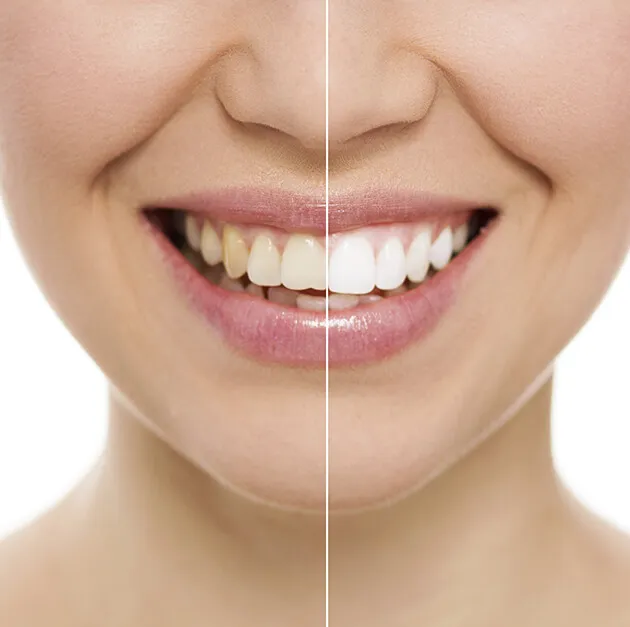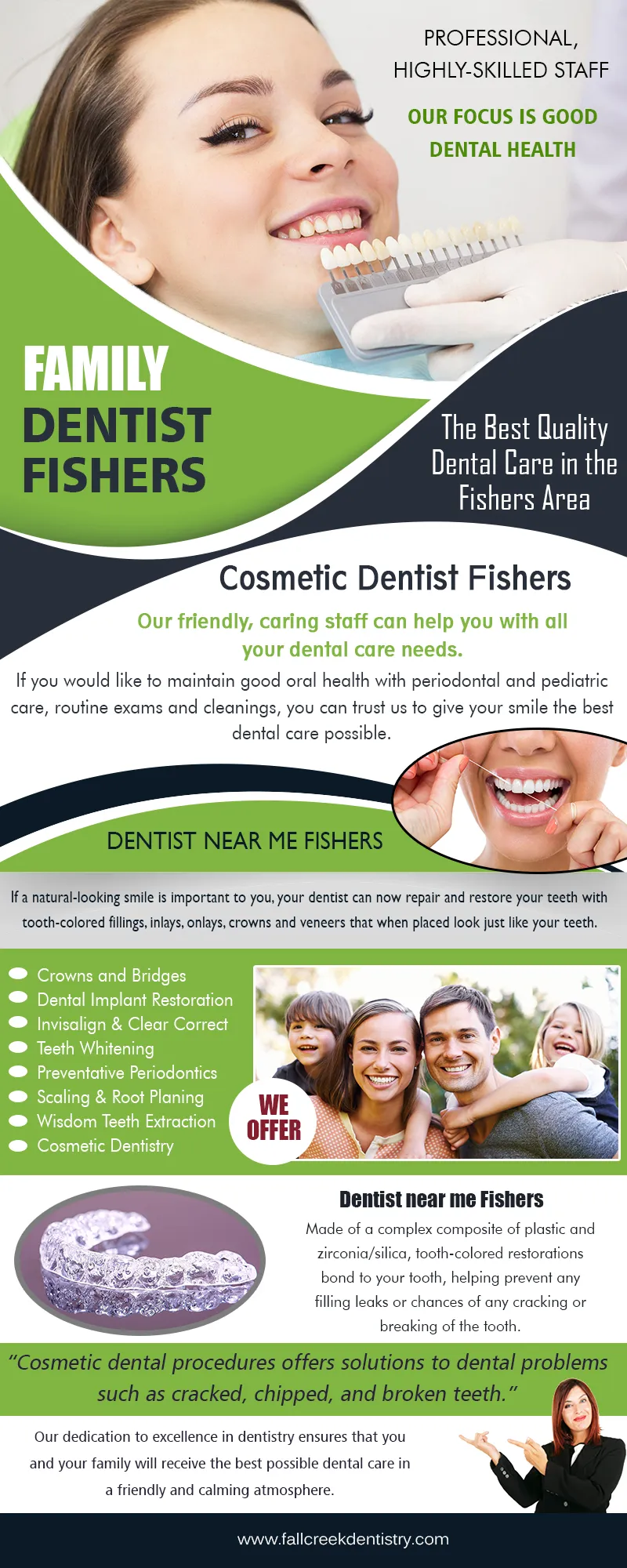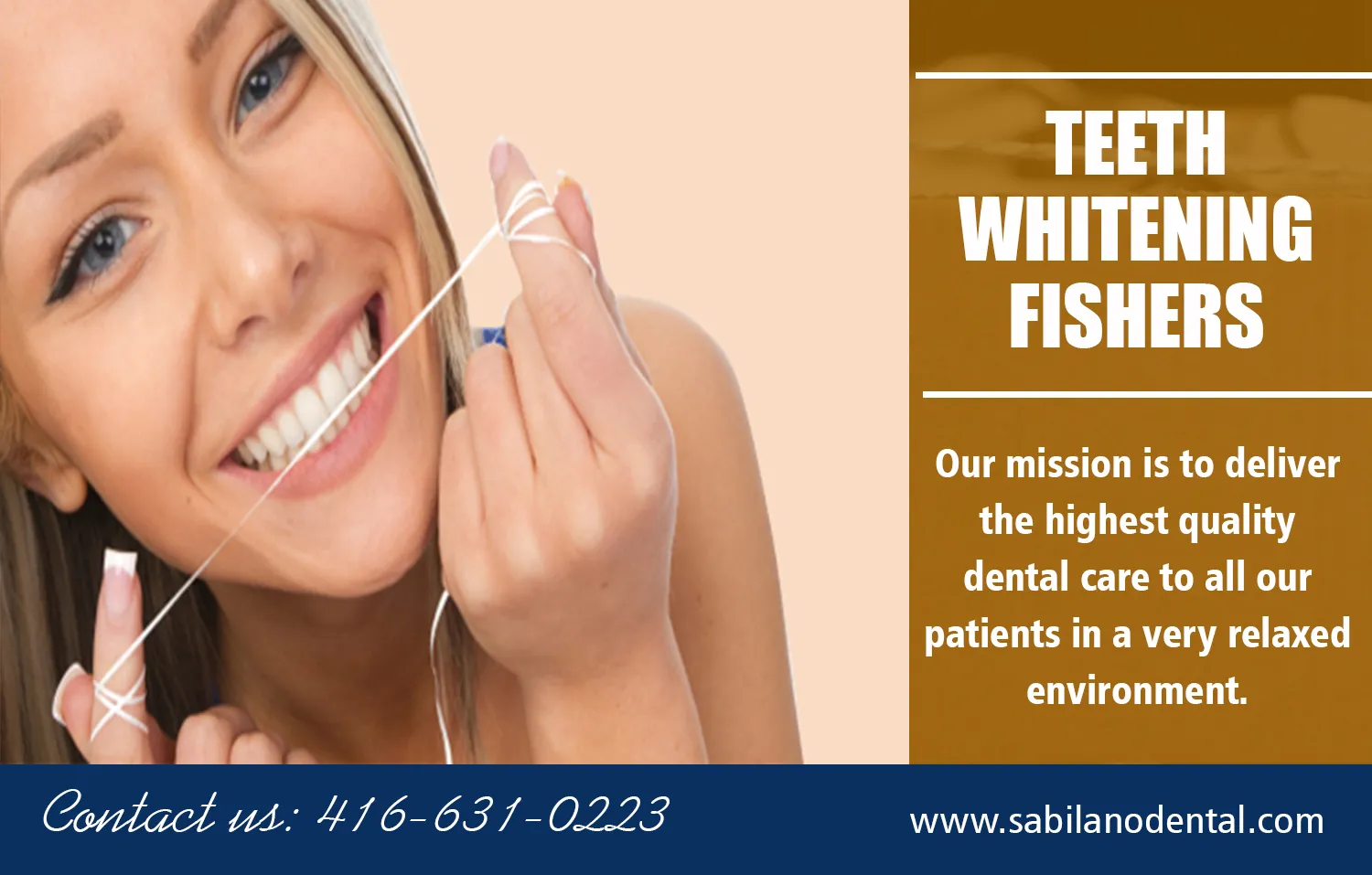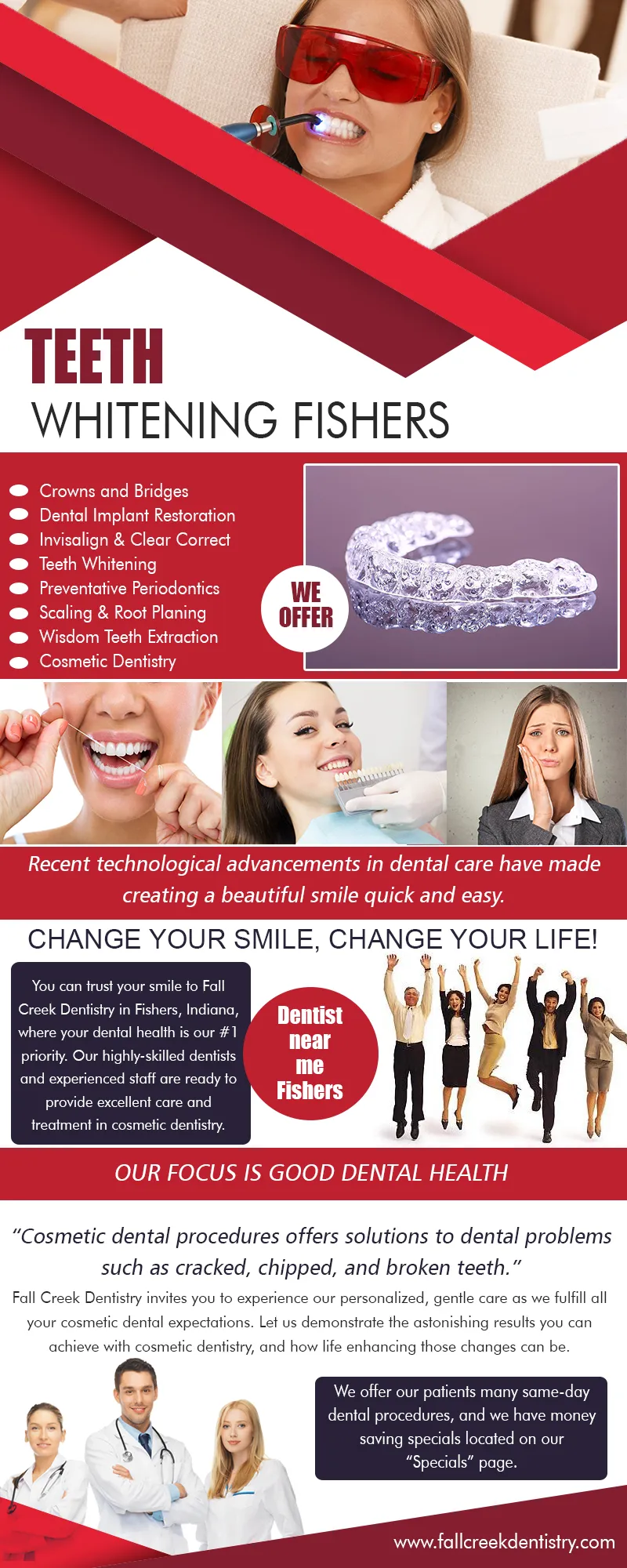A bright, white smile is often seen as a sign of health, youth, and confidence. Teeth whitening has become an increasingly popular cosmetic dental procedure aimed at lightening the color of your teeth, helping to remove stains and discoloration. Whether you are looking to boost your self-esteem or simply enhance your smile, understanding the ins and outs of teeth whitening can empower you to make informed decisions and achieve the dazzling results you desire. This comprehensive guide will explore the various methods, benefits, and considerations of teeth whitening, providing you with the knowledge you need to get a bright and beautiful smile.
What is Teeth Whitening
Teeth whitening, also known as bleaching, is a cosmetic dental procedure designed to lighten the color of your teeth. It works by using bleaching agents, typically hydrogen peroxide or carbamide peroxide, to break down the stains and discoloration that have accumulated on the enamel of your teeth. These stains can be caused by various factors, including the foods and drinks you consume, your lifestyle habits (like smoking), and even the natural aging process. The goal is to make your teeth several shades whiter, improving their overall appearance and giving you a more confident smile.
Understanding the Process
The teeth whitening process involves applying a bleaching agent to the surface of your teeth. This agent penetrates the enamel and dentin, breaking down the stain molecules. The effectiveness of the process depends on the concentration of the bleaching agent, the duration of the application, and the type of stain. The process is generally safe, but some people may experience temporary tooth sensitivity or gum irritation. It’s crucial to consult with a dental professional to determine the best method for your specific needs and to minimize any potential side effects. Understanding the mechanics behind teeth whitening ensures you’re well-informed and can manage realistic expectations.
Types of Teeth Whitening

There are several methods available for teeth whitening, each offering different levels of convenience, effectiveness, and cost. These methods generally fall into two main categories: over-the-counter (OTC) options that you can use at home, and professional treatments performed by a dentist. The right choice for you depends on your individual needs, the severity of your stains, and your budget. Being aware of each option’s strengths and weaknesses will help you make the best choice. Remember, professional consultation is always recommended for optimal results and safety.
Over-the-Counter Options
OTC teeth whitening products are readily available at most drugstores and supermarkets. These include whitening toothpaste, strips, and trays. Whitening toothpastes typically contain mild abrasives and chemicals that help remove surface stains, but they are less effective at changing the intrinsic color of your teeth. Whitening strips and trays contain a bleaching agent (usually hydrogen peroxide) and are designed to be applied directly to your teeth. While OTC options are convenient and affordable, they usually contain lower concentrations of bleaching agents, which may result in less dramatic results compared to professional treatments. Always follow product instructions carefully to avoid overuse and potential side effects.
Professional Teeth Whitening
Professional teeth whitening, performed by a dentist, is the most effective way to achieve significant and lasting results. Dentists use stronger bleaching agents and can often use techniques like light-activated whitening to enhance the process. There are two primary types: in-office whitening, where the treatment is done at the dentist’s office, and at-home whitening, where the dentist provides custom-fitted trays and a stronger bleaching agent for you to use at home. Professional treatments offer a more controlled environment, ensuring safety and maximizing effectiveness. Dentists can also address any underlying dental issues that might affect the outcome of the whitening process.
Benefits of Teeth Whitening

The benefits of teeth whitening extend beyond just aesthetics. While a brighter smile is a significant advantage, the positive effects can impact various aspects of your life, from your self-esteem to your oral health habits. Understanding these benefits can help you appreciate the value of teeth whitening and make an informed decision about whether it’s right for you.
Boosting Your Confidence
One of the most immediate benefits of teeth whitening is a significant boost in confidence. A brighter smile can make you feel more self-assured in social situations, at work, and in your personal relationships. Many people report feeling more comfortable and willing to smile, laugh, and engage with others after undergoing teeth whitening. This newfound confidence can have a ripple effect, positively influencing your overall outlook and well-being. A confident smile is a powerful tool.
Improving Your Oral Health
While teeth whitening primarily focuses on aesthetics, it can indirectly promote better oral health practices. People who invest in teeth whitening are often more motivated to maintain good oral hygiene habits to preserve their results. This includes regular brushing, flossing, and dental check-ups. Additionally, a brighter smile can make it easier to notice early signs of dental problems, encouraging you to seek timely treatment. By taking care of your teeth, you contribute to your overall health and well-being.
Teeth Whitening Procedures

The process of teeth whitening involves several steps, from preparation to aftercare. Understanding what to expect during these stages will help you prepare for your treatment and ensure the best possible outcome. Whether you choose an over-the-counter method or a professional treatment, following the recommended procedures is crucial for safety and effectiveness.
Pre-Whitening Preparation
Before any teeth whitening procedure, it is essential to have a consultation with a dentist. They will assess your oral health, identify any underlying issues (like cavities or gum disease), and determine if you are a good candidate for whitening. Your dentist might recommend a professional cleaning to remove plaque and surface stains, which can help the whitening agents work more effectively. If you have any existing dental work (fillings, crowns, etc.), your dentist will discuss how they might be affected by the whitening process.
The Whitening Process
The specific whitening process varies depending on the method you choose. For professional in-office whitening, your dentist will protect your gums with a protective barrier and apply a high-concentration bleaching agent to your teeth. They may use a special light or laser to activate the bleaching agent, accelerating the process. The treatment usually takes about an hour and can produce dramatic results in a single session. For at-home professional whitening, your dentist will provide custom-fitted trays and instructions on how to apply the bleaching agent at home. Over-the-counter options involve applying whitening strips or using a tray with whitening toothpaste, following the instructions provided by the manufacturer.
Post-Whitening Care

After teeth whitening, it is essential to follow your dentist’s or the product’s instructions for post-whitening care. This typically involves avoiding staining foods and drinks for a certain period (such as coffee, tea, red wine, and dark-colored foods). Maintaining good oral hygiene, including brushing, flossing, and regular dental check-ups, is crucial to preserving your results. You might also need to use a special toothpaste to help prevent sensitivity. Following these guidelines will help you maintain your bright smile for as long as possible.
Maintaining Your Bright Smile
Keeping your teeth white requires a combination of lifestyle adjustments and consistent oral hygiene practices. While teeth whitening can give you a dazzling smile, it is up to you to maintain those results. Your commitment to these strategies will determine how long your teeth remain bright and stain-free.
Dietary Considerations
Certain foods and drinks can stain your teeth and diminish the effects of teeth whitening. It’s crucial to be mindful of what you consume, especially in the days and weeks following your treatment. Common culprits include coffee, tea, red wine, dark-colored sodas, berries, and tomato-based sauces. Consider using a straw for beverages to minimize contact with your teeth. If you consume staining foods, brush your teeth afterward or rinse your mouth with water to minimize the risk of stains. A balanced diet with plenty of water is essential for maintaining a healthy and bright smile.
Oral Hygiene Practices

Consistent oral hygiene is the cornerstone of maintaining a bright smile. Brush your teeth at least twice a day with a whitening toothpaste that is recommended by your dentist. Floss daily to remove plaque and food particles from between your teeth. Use a mouthwash that helps control plaque and freshen your breath. Regular dental check-ups and professional cleanings are also essential for removing any stains and keeping your teeth healthy. Your dentist can provide guidance on the best oral hygiene practices for your individual needs.
Avoiding Staining Foods and Drinks
Minimizing your intake of staining foods and drinks is key to preventing discoloration and preserving your results. If you can’t completely eliminate these items, reduce your consumption and practice good oral hygiene afterward. Rinse your mouth with water after consuming staining foods. Avoid smoking or using tobacco products, which can significantly stain your teeth and negatively impact your oral health. Be vigilant about what you consume and make conscious choices to protect your bright smile.
Common Myths About Teeth Whitening
There are several misconceptions about teeth whitening that can lead to confusion and unrealistic expectations. Separating fact from fiction is essential to making informed decisions about your dental care.
Is Teeth Whitening Safe

Teeth whitening is generally considered safe when performed or supervised by a dental professional. The most common side effect is temporary tooth sensitivity, which usually subsides within a few days. Over-the-counter products can be safe if used according to the instructions. However, misuse or overuse can cause damage to your enamel and gums. Always consult your dentist to discuss the risks and benefits and to determine the best method for your needs.
Who is a Good Candidate
Teeth whitening is suitable for most people who have healthy teeth and gums and want to improve the appearance of their smile. However, it may not be appropriate for everyone. Those with severe dental issues, such as cavities or gum disease, will need to address these problems before whitening. Whitening is not effective on dental work (fillings, crowns, veneers, etc.), so it’s essential to consider that any existing work might not match your newly whitened teeth. Pregnant or breastfeeding women should also avoid teeth whitening. Your dentist can assess your individual circumstances and determine if teeth whitening is the right option for you.
Conclusion
Achieving a bright and beautiful smile through teeth whitening can significantly boost your confidence and improve your overall well-being. Understanding the various methods, benefits, and considerations of teeth whitening empowers you to make informed decisions and achieve the results you desire. By consulting with a dental professional, following recommended procedures, and practicing good oral hygiene, you can enjoy a dazzling smile that lasts. Embrace the journey to a brighter, more confident you!
